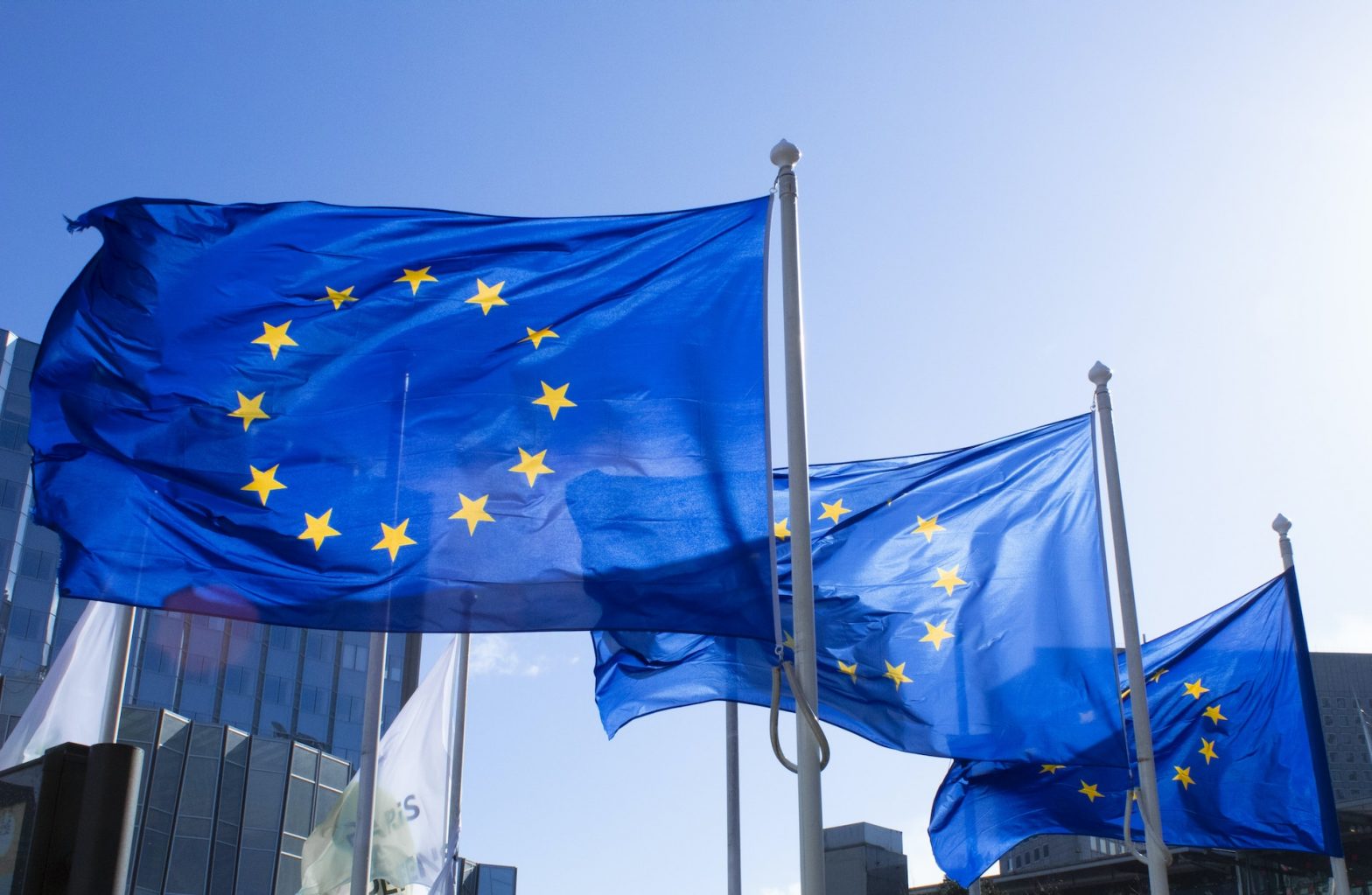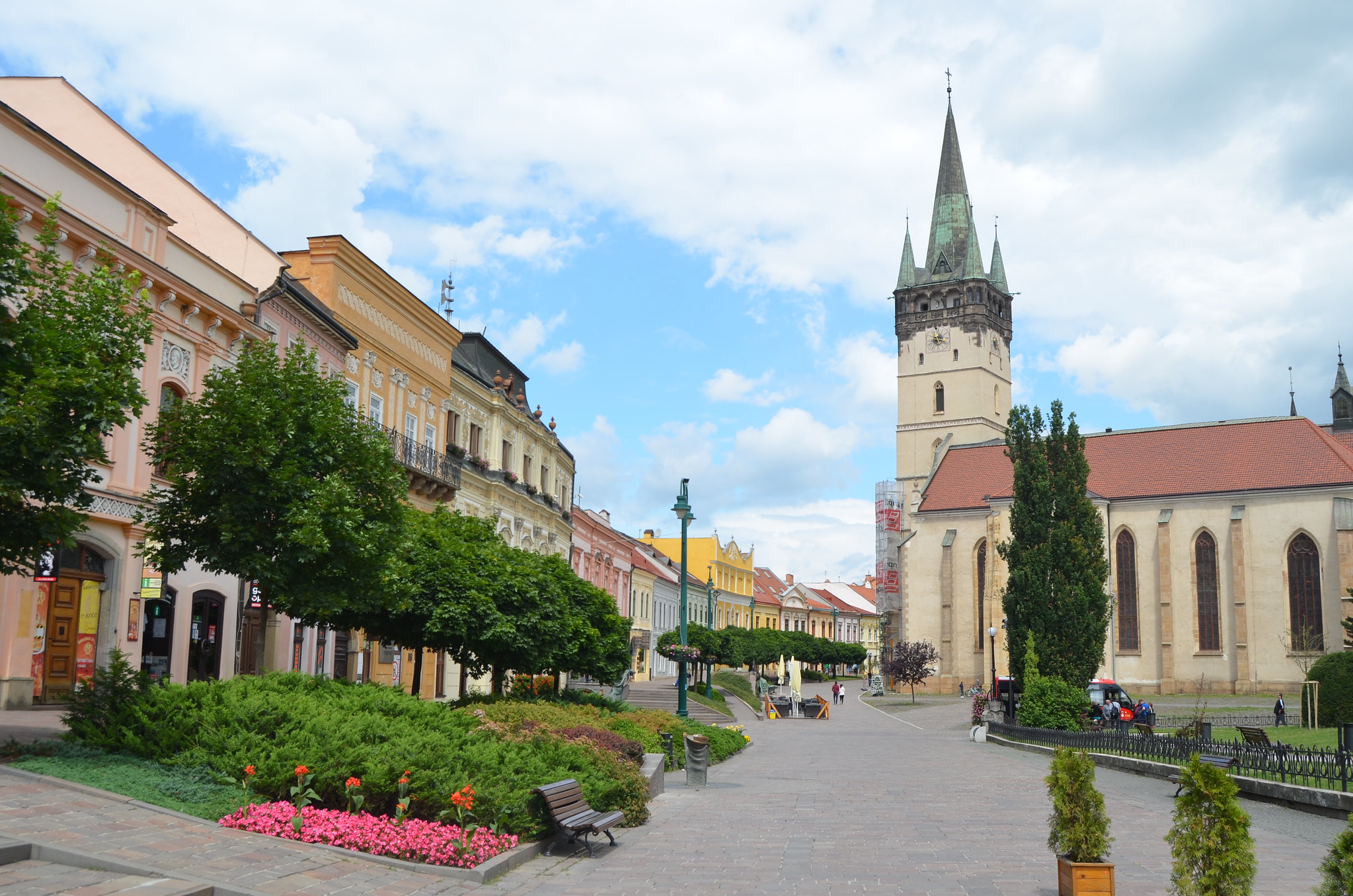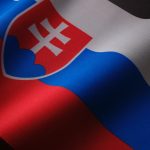The European Union (EU) is a political and economic union of 27 European countries that are located primarily in Europe. It has evolved over the years into a complex and influential entity with a significant impact on the global stage.
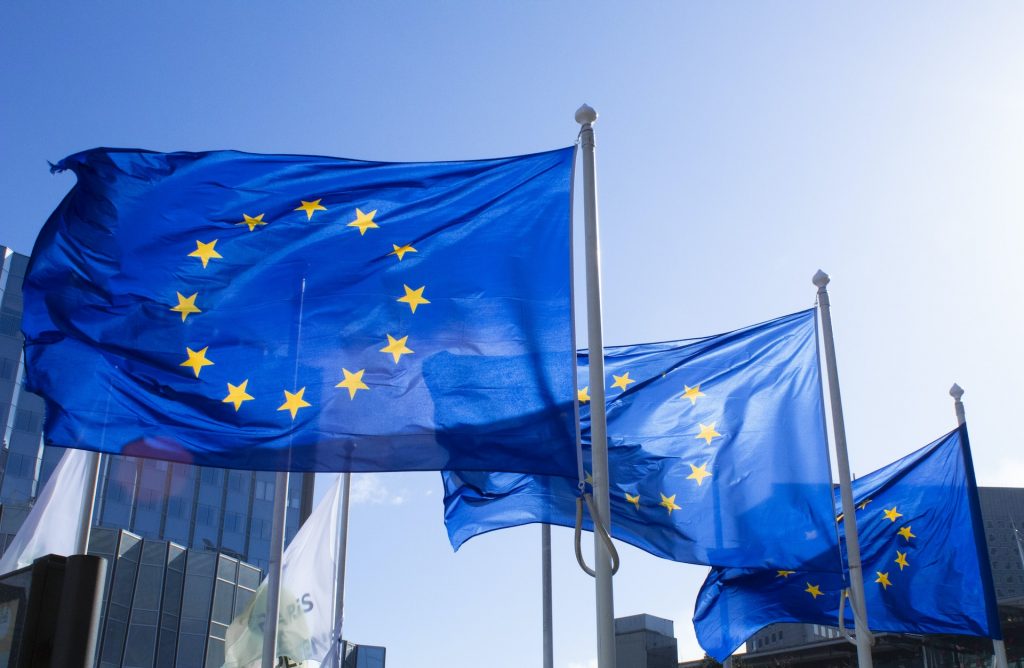
Formation and History
The European Union traces its roots back to the aftermath of World War II when the idea of economic cooperation was seen as a means to promote peace and stability in Europe. The Treaty of Paris in 1951 established the European Coal and Steel Community (ECSC), which laid the foundation for further integration. The signing of the Treaty of Rome in 1957 created the European Economic Community (EEC), and subsequent treaties led to the establishment of the European Union in its current form.
Member Countries
- Austria
- Belgium
- Bulgaria
- Croatia
- Cyprus
- Czech Republic
- Denmark
- Estonia
- Finland
- France
- Germany
- Greece
- Hungary
- Ireland
- Italy
- Latvia
- Lithuania
- Luxembourg
- Malta
- Netherlands
- Poland
- Portugal
- Romania
- Slovakia
- Slovenia
- Spain
- Sweden
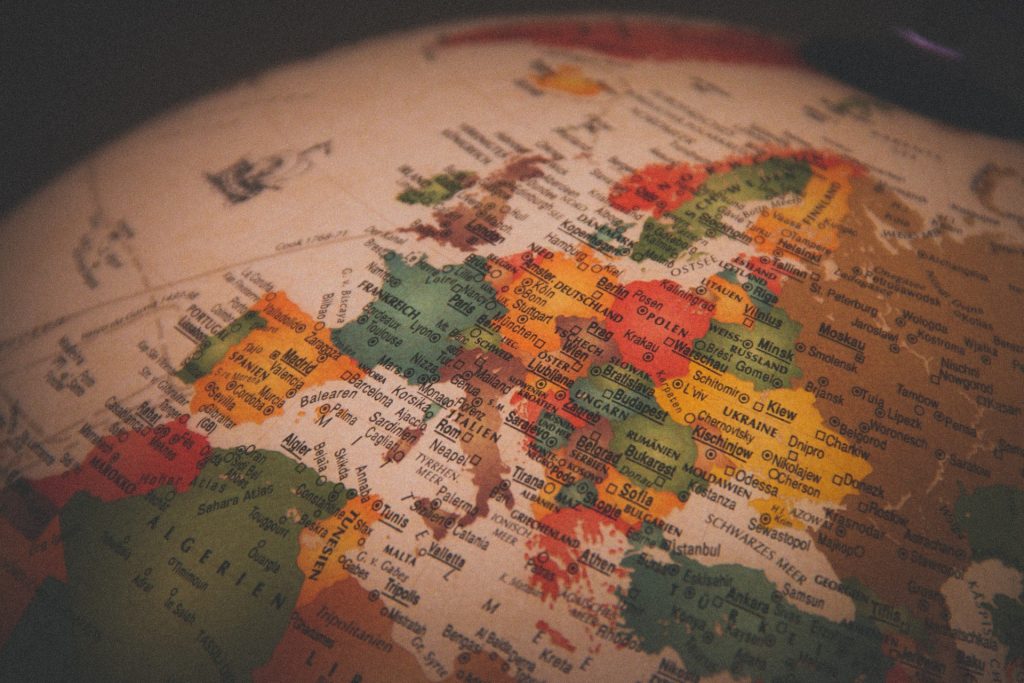
Purpose and Objectives
The primary purpose of the European Union is to promote economic and political integration among its member states to prevent future conflicts and enhance cooperation. The EU aims to create a single market, facilitate the free movement of goods, services, and people, and establish a common currency (the Euro) in the Eurozone.
Economic Indicators
As of the latest available data:
- EU’s GDP: Approximately €15 trillion (2022)
- Population of the EU: Over 446 million (2022)
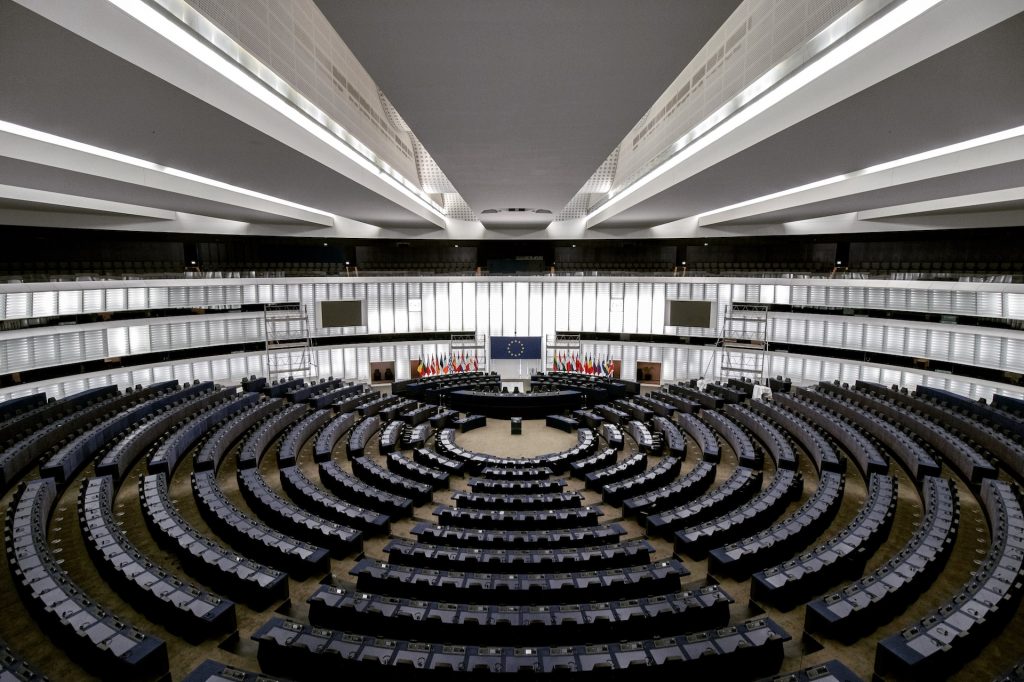
Institutions
The EU operates through various institutions, including the European Commission, the European Parliament, the Council of the European Union, the European Central Bank, and the European Council. These institutions work together to formulate policies, pass legislation, and ensure the smooth functioning of the union.
Population
With a diverse population, the European Union is home to over 448 million people. This multicultural and multilingual community contributes to the rich tapestry of the EU, fostering cooperation and understanding among its citizens.
Challenges and Achievements
Throughout its history, the EU has faced challenges such as economic crises, Brexit, and debates over the degree of integration. However, it has also achieved significant milestones, including the expansion of its membership, the adoption of the Euro, and the establishment of common policies in various areas.
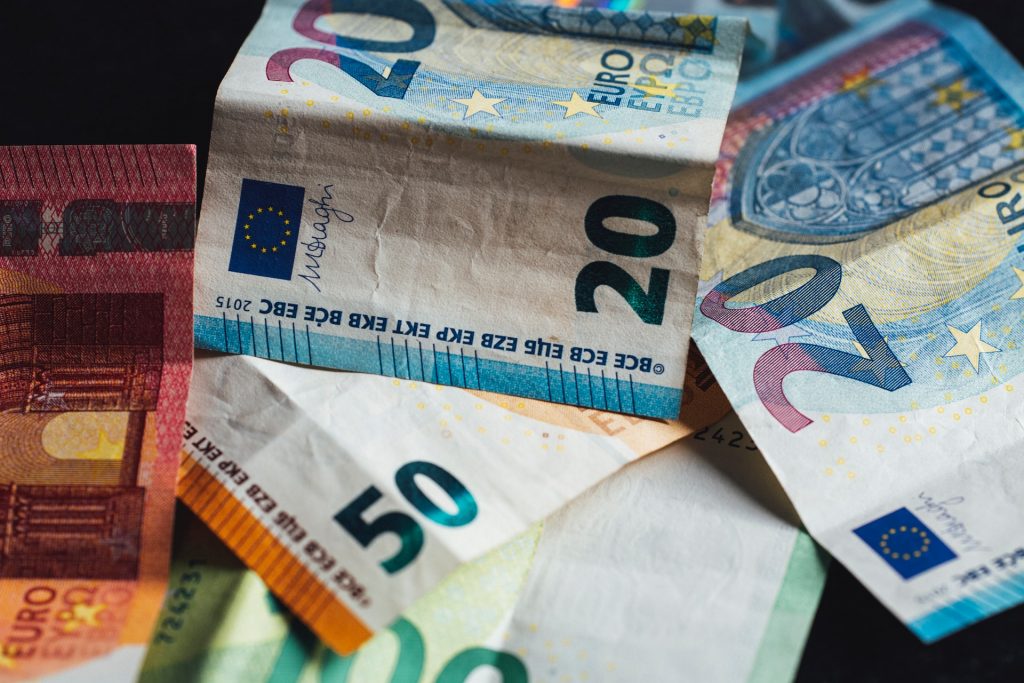
Conclusion
The European Union stands as a unique and ambitious experiment in regional integration, with its successes and challenges shaping the political and economic landscape of Europe. As it continues to evolve, the EU plays a crucial role in fostering collaboration and unity among its diverse member states.
